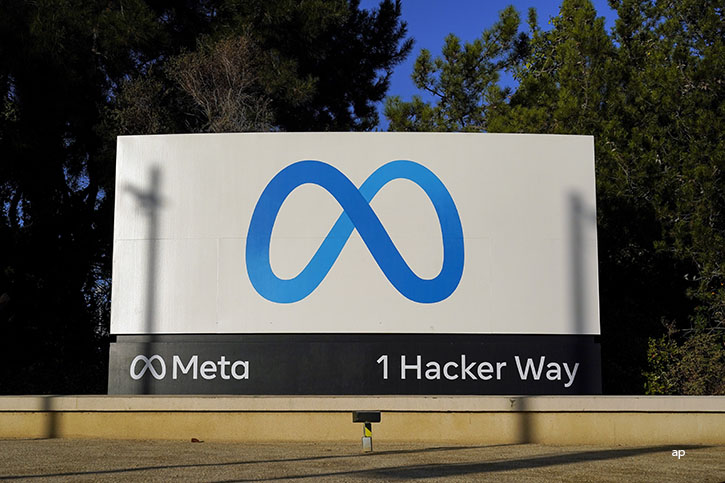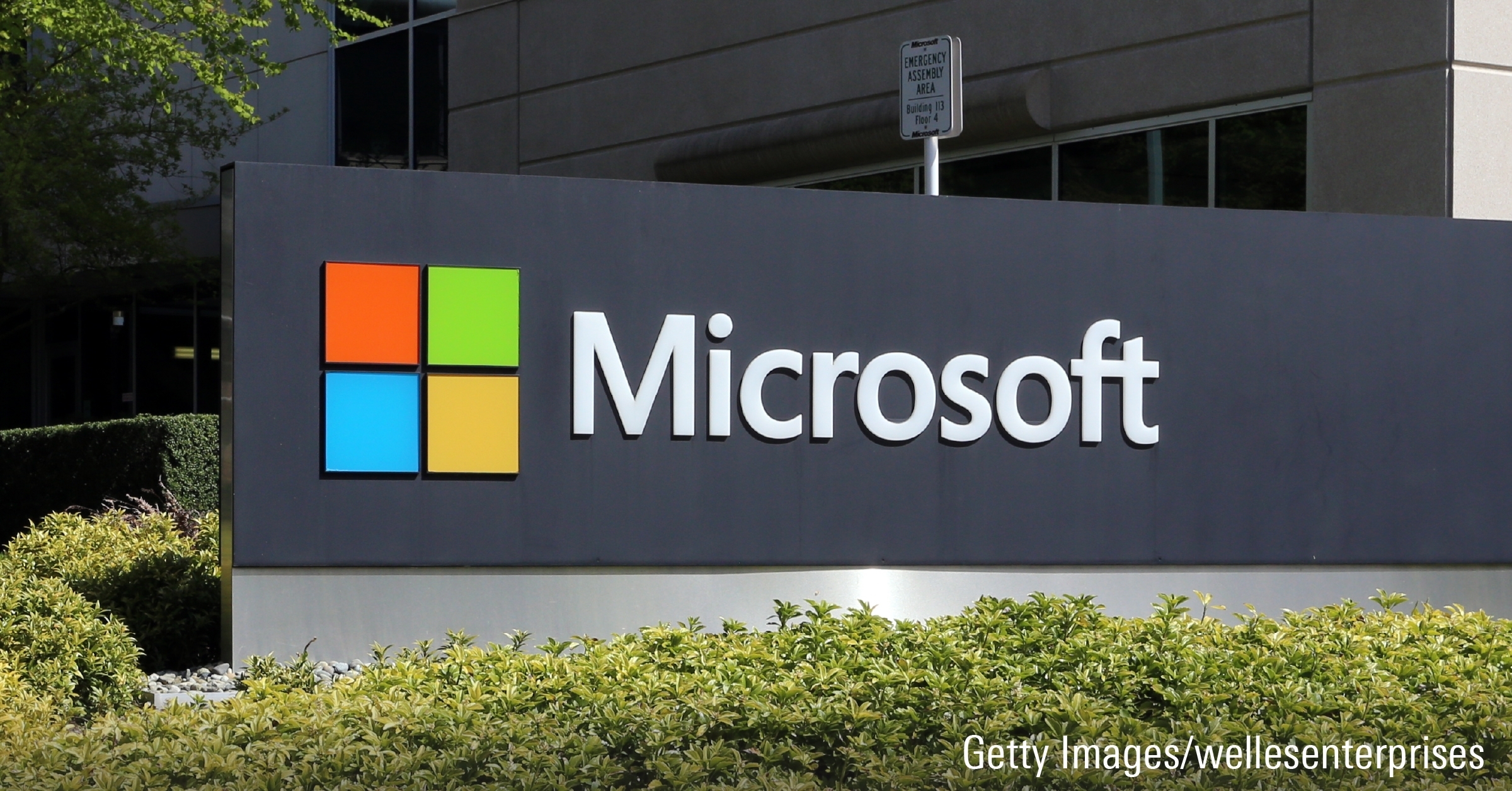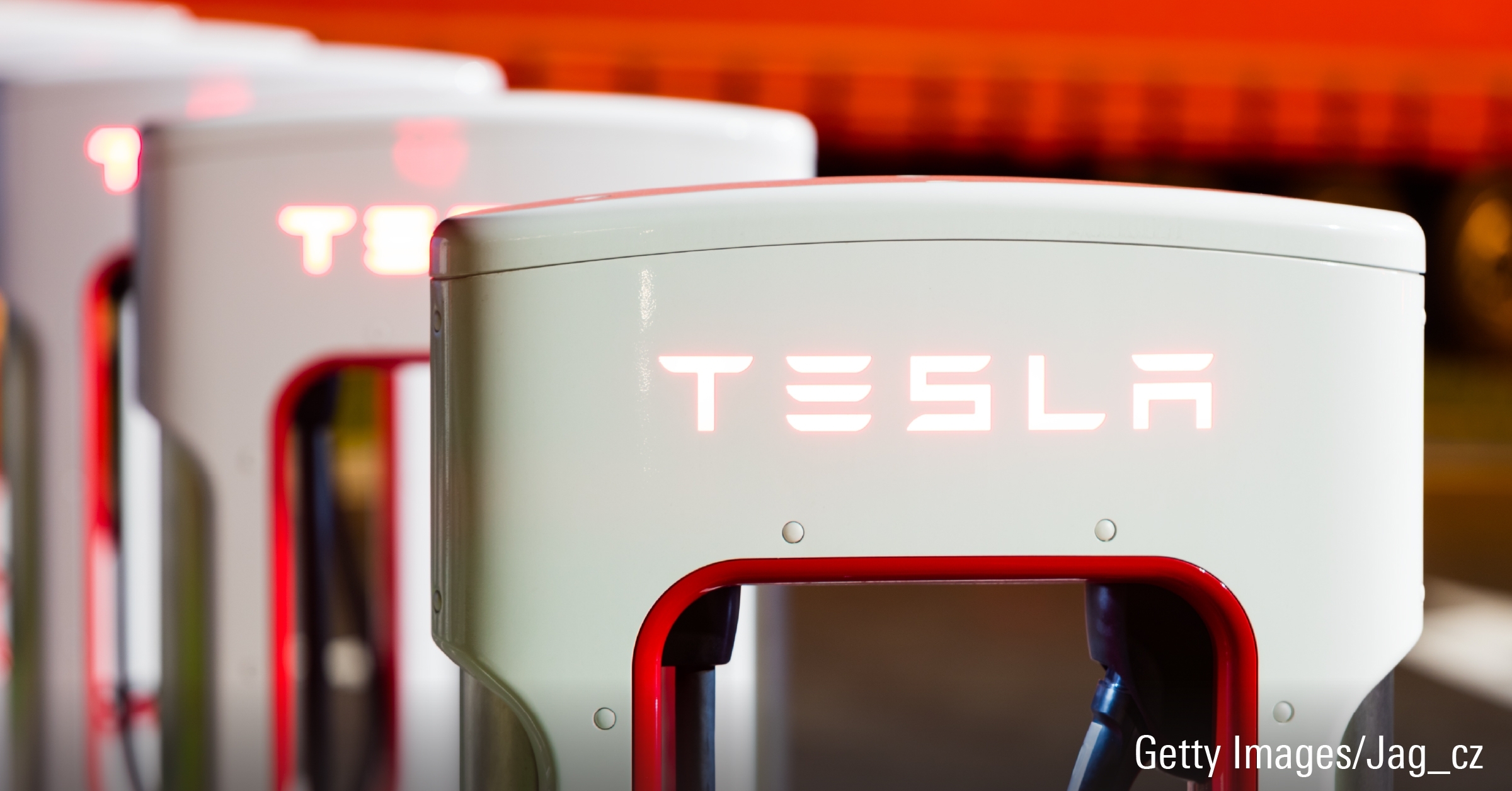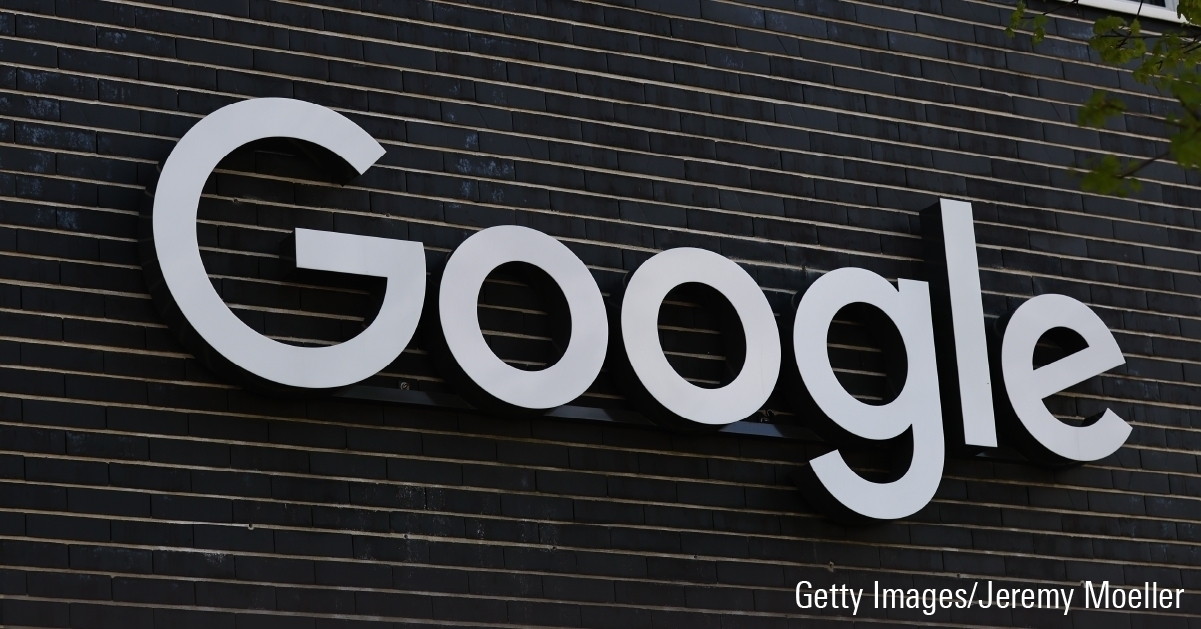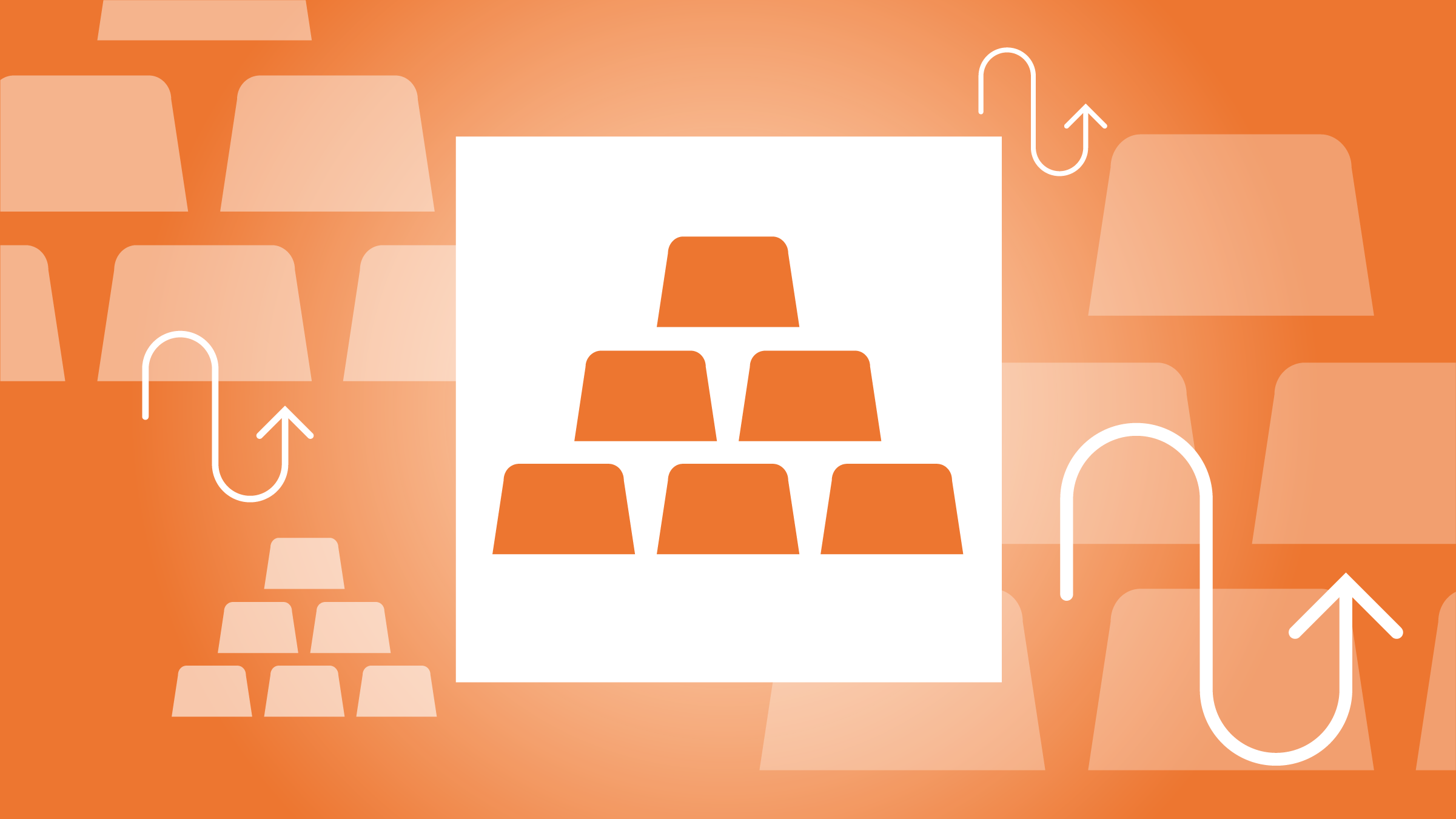
With growth stocks outperforming for so long, history tells us the odds of a correction are increasing. But does a return to value need to see growth stocks suffer? Or are there exceptions?
At the recent Morningstar Investment Conference, we listened to leading views in value and growth, respectively, with Rob Arnott of Research Affiliates and Cathie Wood, manager of the neutral-rated (U.S.-based Morningstar analyst rating) ARK Innovation ETF. Moderator Daniel Needham, Morningstar Investment Management’s Chief Investment Officer, began by asking Arnott if value stocks were about to catch up with growth stocks with the current wide performance gap or whether this time was… different.
“We always hear the observation that it’s different this time,” said Arnott, agreeing that while things may seem different, those differences may not matter. History tends to repeat itself. “When it [the gap between growth and value] widens, that’s a good predictor of subsequent performance of value relative to growth,” he added.
The Growth - Value Inflection Point
Arnott said he does believe value and growth will revert to their means or average historical performance. “If you have a stock that’s down 58%, but its P/E ratio is down 70%, that means its underlying fundamentals have grown. That means it’s cheap,” said Arnott, “You can look at that and say ‘get me out of here I can’t stand the pain’, or you can look at that and say ‘I can’t believe how cheap this is, and if I’m not willing to buy now I never will’.” While the math may add up, do more buyers in value come at the cost of growth? Or perhaps there are disruptors out there that make mean reversion look less relevant?
It’s different this time, indeed, said Wood. “We’re on the cusp of transformations to every sector globally,” said Wood comparing our current environment to the times of the 1900s and the revolutionary inventions of the telephone, electricity and the automobile. “Life as we knew back then certainly changed and never reverted to the mean. We did not want to go backwards then and I think the same will be true this time as well.”
Are Today’s Innovations More Valuable?
Wood identifies five innovation platforms today that she believes will change the game: DNA sequencing, energy storage, robotics, artificial intelligence and blockchain technology. And she points to Wright’s law as her way of identifying winners in a world where value may be coming back into focus. With experience comes progress, and cost decline – which widens another gap between those investing heavily in new technologies and those that aren’t.
Companies like Tesla (TSLA), for example, have invested in electric vehicles and should find they’re able to achieve prices at or below their gasoline counterparts in as little as a year or so from now, thanks to Wright’s law, Wood noted. And then consider the cost savings, reliability and convenience. Consumers want their next vehicle to be electric, believes Wood.
Arnott agreed with the importance of innovation in the investing space but cautioned that the disruptors today can also be disrupted tomorrow.
Can Tesla Be Disrupted?
An important feature of recent disruptors is the barriers to entry they’ve built. “In the coming years, Tesla will face increasing competition. Automakers plan to electrify their fleets through the addition of an EV version of existing vehicles and the creation of new platforms,” says senior equity analyst Seth Goldstein, however, “Tesla’s brand cachet is not likely to be impaired any time soon as other automakers move into the battery electric vehicle, or BEV, space because we expect Tesla to keep innovating to stay ahead of startup and established competitors.”
While elements of Wood’s five key innovation platforms can be copied, the application of new technologies, patents, partnerships and level of progress set companies apart. This is illustrated well by unpacking the four barriers to entry that Wood identifies at Tesla: 1) Battery costs, 2) Artificial intelligence, 3) Data, and 4) Over-the-air software updates.
Examining Tesla’s Barriers to Entry
Let's consider each of these innovations in action to learn exactly how they’re keeping companies ahead of the competition:
Battery Costs
Tesla’s batteries are so far ahead, you can’t help but wonder how far ahead they will be by the time the competition catches up in a few years. Built through an exclusive partnership with Panasonic (PCRFF), which already makes for a formidable alliance, the batteries use a proprietary design that sets them apart.
“Tesla built its cars on cylindrical batteries. Most other auto manufacturers have based their cars on lithium-ion pouch batteries - and the costs are much higher today. Roughly 15-20% more than the cylindrical batteries Tesla uses. Tesla is riding down the cost curve of the consumer electronics industry. Most other auto manufacturers are not. Their battery costs will be lower for as long as we can see,” Wood said.
And Panasonic is set to benefit alongside Tesla. Morningstar sector director Kazunori Ito says, “We believe that capacity ramp-up will be faster than expected, as we observe enough backlog for the brand-new Tesla 3 model. We estimate that Panasonic’s battery production capacity will increase 6-8 times as a result, and therefore, we believe Panasonic will obtain a cost advantage against competitors with this business.”
Artificial Intelligence
“The second barrier to entry is the artificial intelligence chip that Tesla designed. Tesla is taking a leaf from Apple’s book. As you will remember, Apple created the concept of a smartphone. It believed that we would have a computer in our pocket. Nokia (NOK), Motorola (MSI) and Eriksson did not believe that. They did not design their own chips and you know where they are today,” Wood said.
But they’re not likely to do it alone. In another formidable potential partnership with Samsung (005930), we identify a fellow disruptor with a lasting advantage in the microchip space. “Owing to technological obstacles, the costs necessary to achieve higher capacity per memory are becoming much higher than the past, which has forced smaller players to withdraw from the market,” says Ito. “We believe Samsung will maintain its cost advantage, which stems from a better product mix, underpinned by technical advantages and increased research and development expenses.”
Data Storage
Tesla’s partner in this space isn’t a publicly traded company but learning about who isn’t in some ways validates what Arnott mentioned about disruptors being disrupted. Tesla reportedly didn’t go to IBM (IBM) for the service. Instead, it went for a smaller company founded by an ex-IBM inventor.
In the session, Wood mentioned how many seeds of technologies blossoming today were planted before the dot com bubble burst around 20 years ago. Companies didn’t need to be around when those seeds were planted to shake things up later, and for investors, IBM’s computing business ain’t what it used to be. “Other areas, like blockchain services, show more upside,” says equity analyst Julie Bhusal Sharma.
Over-the-Air Software Updates
Imagine having a vehicle that constantly improves and repairs itself without you having to lift a finger or connecting to your wifi. With moving parts increasingly replaced with solid-state drives and software, downloads are replacing dealership visits. And so far that may only be happening with Teslas.
With competitors years behind on the connectivity within their products, it illustrates how disruptors today differ by having built their products using key innovations from the ground up. And a pairing with the incomparable Starlink satellite network thanks to advancements in energy storage, robotics and artificial intelligence innovations shows how growth stocks today can differ by focusing on the combination of seeds planted long ago. Perhaps the essence of disruptors today is the culmination of what the dot com era was supposed to be.







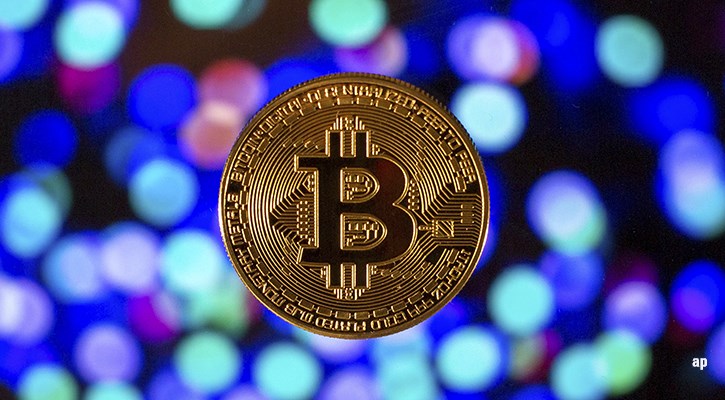
.jpg)
